
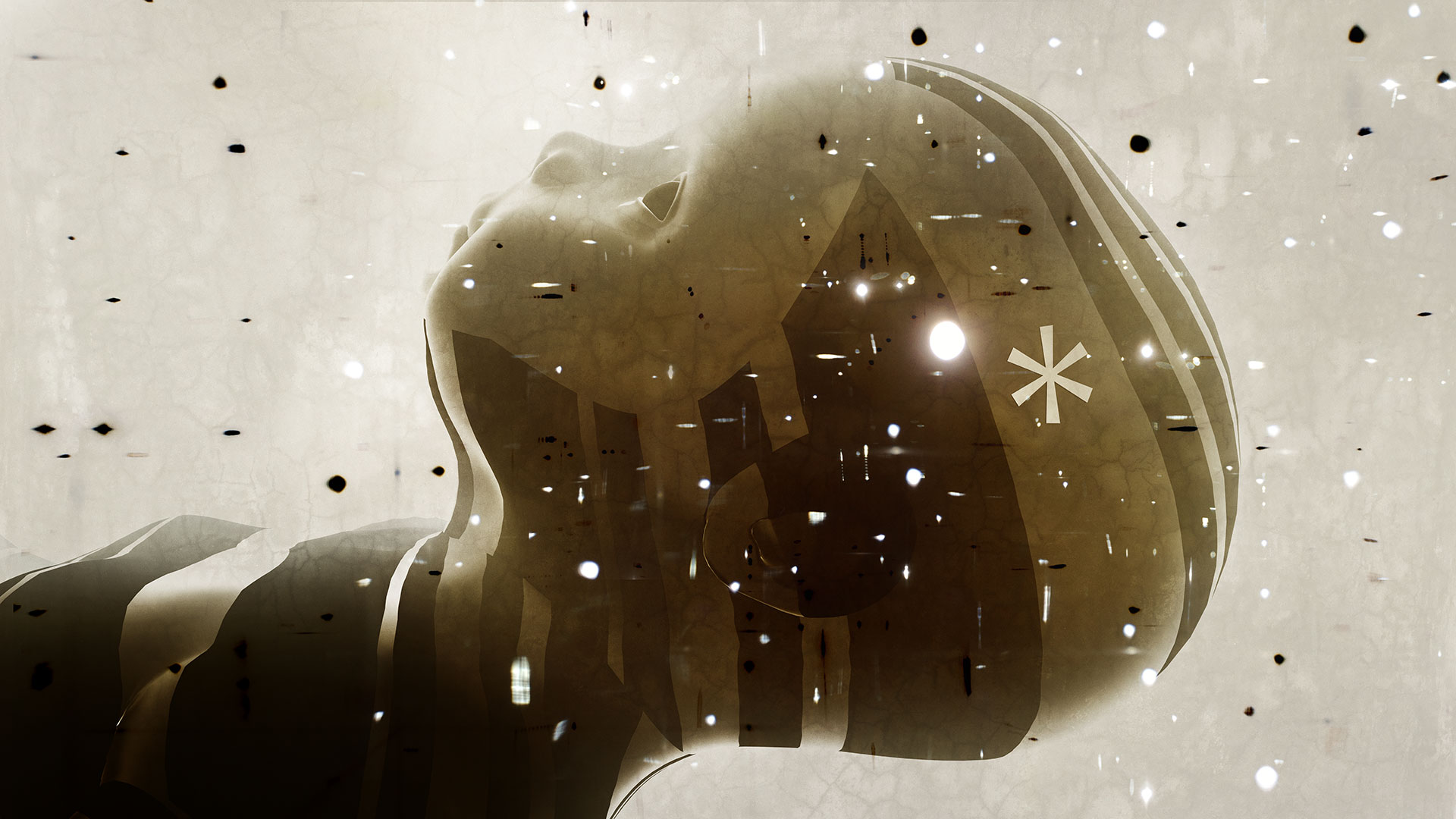
The present work is protected by copyright in all its parts.
© 2021 by Heinz Hermann Maria Hoppe.
All rights reserved.
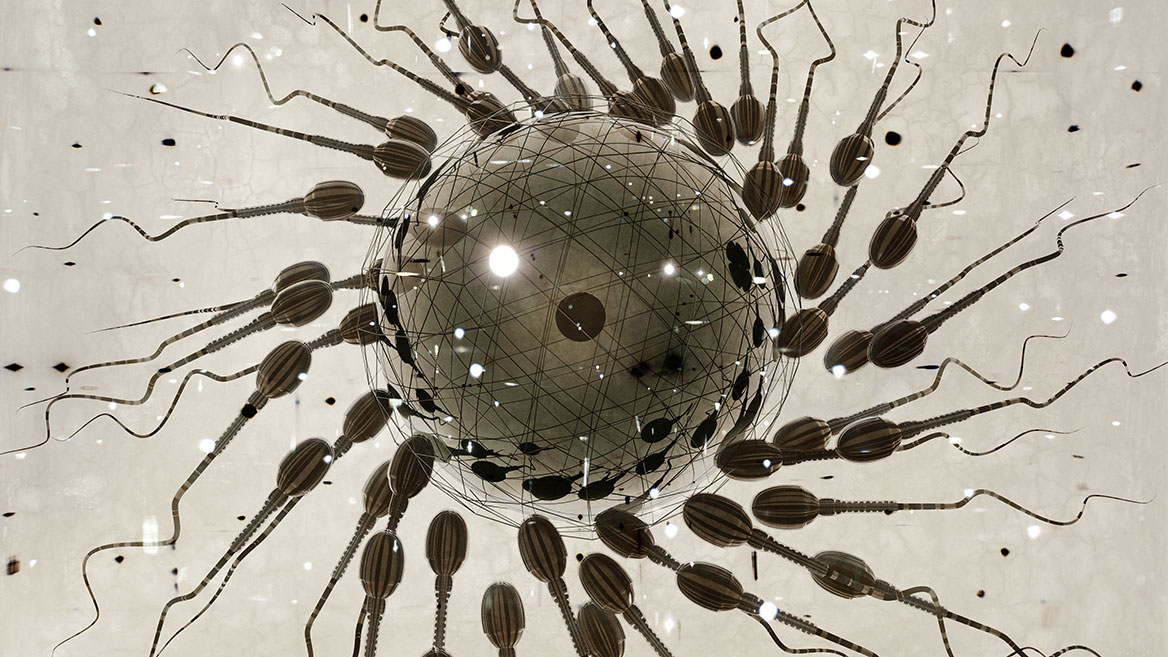
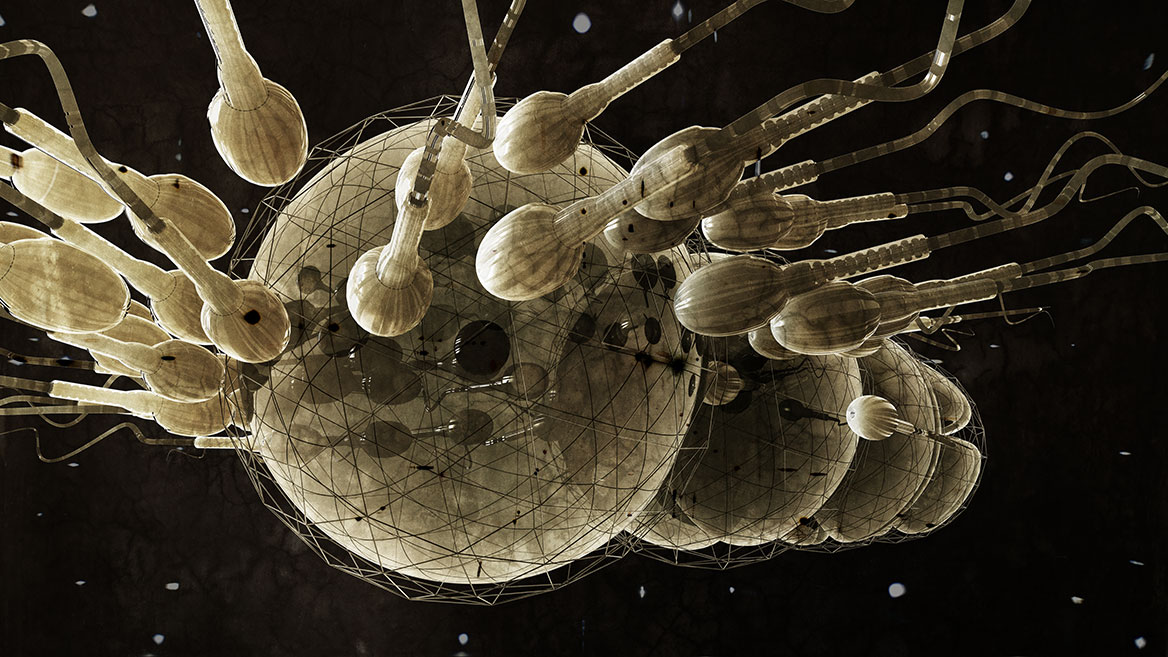

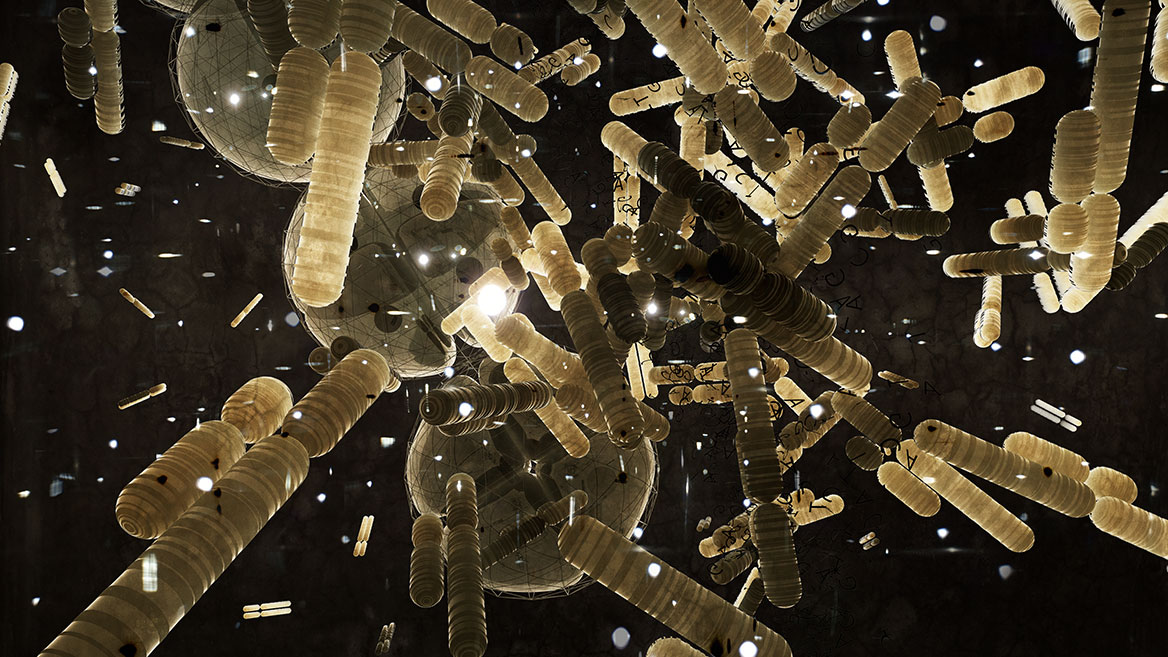


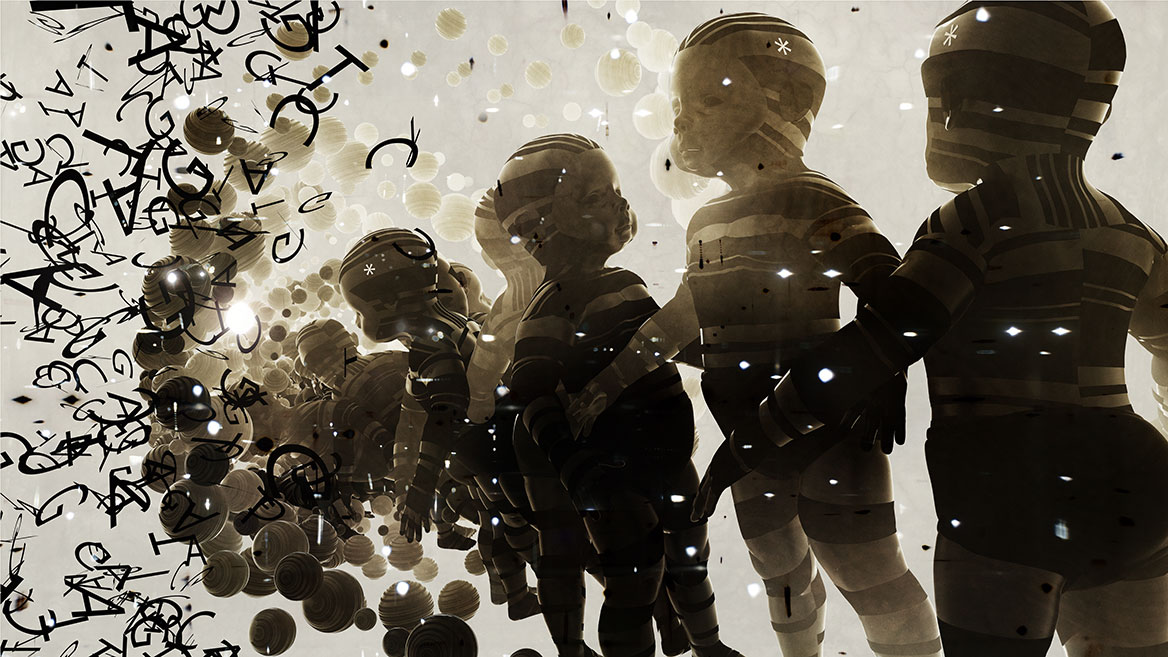

Comment
Author: Heinz Hermann Maria Hoppe
Embryo protection laws and international biomedical conventions are supposed to limit what researchers can consider in their experiments on human germ cells. In contrast, in 2018, the Chinese He Jiankui opened up to the world public that he had genetically engineered the twin girls Lulu and Nana. Bioscientists and ethicists from seven countries then called for an voluntary and provisional abandonment of the creation of ‘designer babies’.1
Genetic manipulations improve yields. What has long yielded rich harvests in selected crops despite many opponents could in future also provide incentives for big business on the basis of human germ lines. Without legal restrictions, genetic engineering services for better health, higher intelligence and greater beauty would probably have long since mutated into markets worth billions. Research is still being conducted into the risks associated with side effects and long-term effects. Social acceptance is also not yet ready for the market. There are still no ‘price lists’ for genetic manipulations on humans on an industrial scale. The emphasis is on yet.
The discussions become more lively. Who would not have sympathy for a mother who wants to bring a child into the world without a genetic defect? The list of possible hereditary diseases is long and ranges from severe reductions in intelligence to deformities and cancerous tumors to progressive muscular atrophy.2 Against the background of such severe strokes of fate and lifelong sacrifices, would a more intervening human genetics not even be a human duty? Would it not only be justifiable, but ethically required, to ‘create’ genetically precisely planned and optimized embryos? Should we not prevent the unspeakable suffering when terminally ill children are carried to term or aborted?
The Human Genome Project, founded in 1990, decoded the 19,969 genes of humans. Since May 2021, the code of the human genome has been completely open in front of us.3 The development of a powerful tool, the gene scissors based on the CRISPR/Cas9 method, was rewarded with the Nobel Prize in Chemistry in 2020.4 Mankind thus stands at new genetic engineering thresholds, with doors opening wide into synthetic biology.
‘Designer babies’ could be healthier and free of allergies, they could live longer, be bigger, more beautiful and more athletic. They could be endowed with more intelligence and with chosen genders. A baby could be assembled from bio-bricks, like a technical ‘system’. But at what point in the test tubes and petri dishes do we want to draw the lines of homemade evolution? When would we start to ‘play God’ and fundamentally cheat life as such?
Within the research field of technology assessment, the principle applies that applications never fulfill only their working objective.5 Long-term effects, side effects, and residual risks always play supporting, often underestimated roles in complex systems, which can overshadow achieved benefits of an innovation. Transferred to the development of genetic engineering, serious questions arise: What new, unknown, and possibly even more terrible diseases could first arise as a result of interventions in the genetic material? Doesn’t a child have the fundamental right to chance inheritance? What if, for example, a person did not wish for blue eyes or old age later in life? Do parents have the right to define characteristics with which a child, for an entire existence, would have to live?
What would then still characterize a self-determined life at all? What would be already sick, what still healthy? Where would natural life end and where would artificial life begin? Who would be allowed to evaluate the beauty of a child? Where would the responsibility as a parent to the unborn life end? What would still be socially just and morally acceptable? What would happen in case of complications due to manipulations before and after birth and who would be liable? What would be the depth of intervention and the economic limits? How could one safely exclude childhood diseases in the ‘production phase’? How would one prevent commercial abuses in the form of ‘catalog children’ with purchasable features?
Normals and genetically engineered could form class societies. How would power struggles among ‘super kids’, ‘prima donnas’ and ‘divas’, ‘intelligentsia’ and ‘tech beasts’ be countered? Would peaceful coexistence even be possible in the long run, or could the overreaching of the genetically manipulated over the natural build up to civil wars as disadvantages became felt on a large scale?
If genetic methods become more widespread, however, people could become increasingly similar in appearance and intellect. What consequences would this have for the further development of societies? Standardized gene modules, assembled according to engineering principles, would interfere with the self-control processes of life and evolution. What would be the ethical consequences? What would be the absolute limits of genetic manipulations? What psychological effects would manipulations have on individuals and networks of relationships?
‘Transhumanists’, ‘posthumanists’, and ‘futurists’ have long called for proactively accelerating evolution rather than artificially impeding human intellect. Nano- and biotechnology, regenerative medicine, computer-brain interfaces, the outsourcing of already imagined data to digital storage media or intelligent prostheses should, in their opinion, create hyperintelligent ‘humans’ with superior physical abilities as soon as possible in order to better solve the many problems of the world.6 ‘Bio-hackers’ also want to push forward previous performance limits of body and mind.
The pioneers of heredity, Gregor Johann Mendel, Frederick Griffith or James Watson & Francis Crick probably never dreamed that their theories could one day form the basis for the creation of new humans. God rolls the dice less in recent years, at any rate. As early as 2000, the world’s first ‘designer baby’ was born with the help of preimplantation genetic diagnosis. Long ago, the In Vitro Fertilizations (IVF) is no longer science fiction. In the artificial fertilization of the egg, under the microscope, only selected sperm are admitted. The transfer of the fertilized egg back into the womb has long been routine.7
Emma Goldmann
Could our reproduction with the help of future, Synthetic Biology look like in the science fiction classic Blade Runner? In the cult film, replicants with outstanding strength and intelligence are indistinguishable from natural humans. Would visions of horror become reality if research were allowed to freely handle chromosome sets and embryos? And why should one not actually, sometime, try a human being with four eyes or an additional brain? Then there would be the wide field of chimeras ... Mary Shelley with her story ‘Frankenstein’ and Aldous Huxley with his novel ‘Brave New World’ send their regards.
So the term ‘supermen’ is probably no longer just history in the future. The word already appeared in the work ‘Also sprach Zarathustra (Thus Spoke Zarathustra)’ (1883-85) of the philosopher Friedrich Nietzsche.8 He compared the path of man to the ‘superman’ with the path from the ape to man. The scientific name for the new creations, considered visionary at the time, was to be ‘Homer superior’ or ‘Hyperanthropos’. ‘Eugenic questions’ were already widely discussed during the first half of the 20th century and in England during the period of the Boer War. From the point of view of the Nazis, who liked to borrow from Nietzsche’s work, the path from the ‘Übermensch’ to the ‘Herrenmensch’ was consistent. A higher biological type was to ensure purity by sorting out and destroying ‘life unworthy of life’ and ‘impure blood’. ‘Herrenmenschen’ did not tolerate ‘Untermenschen’ in their ranks: Jews, Gypsies and disabled were not compatible with an ‘Erbgesundheitslehre’, then also called ‘Erbpflege’ and ‘Rassenhygiene’.9
The artificial modification of human germline cells is prohibited in Germany under the Embryonenschutzgesetz (an Embryo Protection Act, status 2020). The Bundesregierung (Federal Government) takes note of the contributions of the Deutscher Ethikrat (German Ethics Council) as well as those of other relevant committees, working groups or relevantly qualified scientists.10 Debates about the pros and cons are conducted emotionally, and the topic of genetic engineering continues to divide the camps. The Deutscher Ethikrat concludes in its 2019 statement, that from the ethical analysis, no categorical inviolability of the human germ line emerges.11
Patent disputes demonstrate industry interest in global genetic engineering markets. Anti-aging and enhancement are fertile and growth-oriented fields. Military research is also likely to be interested in performance-enhancing techniques for its soldiers. Based on genetic calculations on donated sperm and eggs, a procedure that can predict probabilities for body size, cancer risk, or lactose tolerance of a desired child was patented in the U.S. back in 2013.12 Day and night, sequencing machines in China analyze the genomes of humans, animals, and plants. The market potential for ‘designer babies’ there is said to be huge. The dream: to sequence every living thing on the planet. The goal: patented corn, cloned high-performance cows, sons like dragons, and full head of hair. And once the DNA of every citizen is sequenced, every offense can also be clearly assigned to a skin flake.13
In 2021, international scientists created human cell clusters (blastocysts) that resemble early embryos for the first time. The enthusiasm of the researchers is currently still reduced to basic research. Because the legal rules for such experiments are more stringent in Germany, many scientists decide against our business location. This increases the pressure on political and ethical policy-makers, even from within the parties’ own ranks.14
Biosafety versus Biocrime and Bioterror presupposes Biosecurity. This is because Synthetic Biology is a so-called dual-use technology, a ‘coin with two sides’. Design and synthesis of genes and genomes involve a risk of misuse, for example in the form of viable, self-replicating biological ‘systems’.15 That such ‘productions’ could bring not only healthy babies but also unimagined misery into the world has been made more vivid by the COVID pandemic. Open Science and the CRISPR/Cas9 gene scissors create easier conditions for dangerous manipulations of the human genome. Targeted genetic interventions have become possible with the new tool in virtually any molecular biology laboratory.16
Biotechnology will not wait patiently for natural selection to work its magic. (Meaningful translation).17 Because industrial products also go through a kind of evolution, genetic innovations will creep up on us, step by step. So we will get some more time to get used to the cyborg in us.
List of German sources and literature:
1 See RND Redaktionsnetzwerk Deutschland/asu: Designer-Babys: Wann sind Eingriffe ins Erbgut gerechtfertigt? In: Hannoversche Allgemeine from Mai 09, 2019, 18:23. URL: https://www.haz.de/ Nachrichten/Wissen/Uebersicht/ Ethikrat-Designer-Babys- Wann-sind-Eingriffe- ins-Erbgut-gerechtfertigt (Date retrieved: August 08, 2021, 15:18 UTC).
See also Alina Schadwinkel: Crispr-Entdecker fordern weltweiten Stopp von Embryonenversuchen In: ZEIT ONLINE from March 13, 2019, 19:01. URL: https://www.zeit.de /wissen/gesundheit/2019-03 /crispr-genschere- gentechnik-keimbahn- menschenversuch/komplettansicht #print (Date retrieved: August 09, 2021, 13:00 UTC).
2 See Liste von Erbkrankheiten. In: Wikipedia, The Free Encyclopedia. Date of last revision: Januar 14, 2021, 11:07 UTC. URL: https://de.wikipedia.org/ w/index.php?title=Liste_ von_Erbkrankheiten &oldid=207632232 (Date retrieved: August 08, 2021, 15:39 UTC).
3 See Humangenomprojekt. In: Wikipedia, The Free Encyclopedia. Date of last revision: Juli 11, 2021, 14:20 UTC. URL: https://de.wikipedia.org /w/index.php?title=Humangenomprojekt&oldid=213761986 (Date retrieved: August 08, 2021, 13:49 UTC).
4 See The Nobel Prize in Chemistry 2020. In: NobelPrize.org. Nobel Prize Outreach AB 2021. URL: https://www.nobelprize.org /prizes/chemistry/2020/ press-release/ (Date retrieved: August 08, 2021, 16:00 UTC).
5 See Technikfolgenabschätzung. In: Wikipedia, The Free Encyclopedia. Date of last revision: Mai 05, 2021, 20:12 UTC. URL: https://de.wikipedia.org/ w/index.php?title=Technikfolgenabsch%C3%A4tzung &oldid=211647156 (Date retrieved: August 08, 2021, 14:10 UTC).
6 See Transhumanismus. In: Wikipedia, The Free Encyclopedia. Date of last revision: Mai 20, 2021, 09:28 UTC. URL: https://de.wikipedia.org /w/index.php?title=Transhumanismus&oldid=212151038 (Date retrieved: August 08, 2021, 14:38 UTC).
7 See Präimplantationsdiagnostik. In: Wikipedia, The Free Encyclopedia. Date of last revision: April 13, 2021, 20:26 UTC. URL: https://de.wikipedia.org /w/index.php?title=Pr%C3%A4implantationsdiagnostik &oldid=210908467 (Date retrieved: August 08, 2021, 14:58 UTC).
8 See Übermensch. In: Wikipedia, The Free Encyclopedia. Date of last revision: Juni 19, 2021, 20:26 UTC. URL: https://de.wikipedia.org /w/index.php?title=%C3%9Cbermensch&oldid=213115062 (Date retrieved: August 08, 2021, 15:05 UTC).
9 See Eugenik. In: Wikipedia, The Free Encyclopedia. Date of last revision: Juli 11, 2021, 09:54 UTC. URL: https://de.wikipedia.org/ w/index.php?title=Eugenik &oldid=213754813 (Date retrieved: August 08, 2021, 15:17 UTC).
10 Antwort der Bundesregierung auf die kleine Anfrage der Abgeordneten Mario Brandenburg, Katha Suding, Grigorios Aggelidis, weiterer Abgeordneter und der Fraktion der FDP – Drucksache 19/24773 –, Drucksache 19/25507, Deutscher Bundestag, 19. Wahlperiode vom 21.12.2020, S. 3. URL: https://www.bundestag.de /presse/hib/ 815324-815324 (Date retrieved: August 08, 2021, 15:55 UTC)
11 Eingriffe in die menschliche Keimbahn. In: Stellungnahme Deutscher Ethikrat vom 9. Mai 2019, P. 232. URL: https://www.ethikrat.org /fileadmin/Publikationen /Stellungnahmen/deutsch /stellungnahme-eingriffe- in-die-menschliche-keimbahn.pdf (Date retrieved: August 09, 2021, 13:24 UTC)
12 See Dennis Ballwieser: US-Patent bahnt den Weg zum Designer-Baby In: SPIEGEL Gesundheit from October 04, 2013, 18:19. URL: https://www.spiegel.de /gesundheit/schwangerschaft /23andme-erhaelt-patent- fuer-die-auswahl-genetischer- merkmale-bei-babys- a-926139.html (Date retrieved: August 09, 2021, 14:18 UTC).
13 See Hendrik Ankenbrand: Gentechnik in China, Phönix aus der Flasche In: Frankfurter Allgemeine Zeitung, Wirtschaft from April 29, 2016, 11:36. URL: https://www.faz.net/ aktuell/wirtschaft/ menschen-wirtschaft/gentechnik -in-china-phoenix-aus- der-flasche-14205026.html (Date retrieved: August 09, 2021, 14:38 UTC).
14 See Redaktionsnetzwerk Deutschland/RND/dpa/fwt: Ethische Fragen nach Durchbruch: Forscher schaffen menschliche Embryonenmodelle In: Hannoversche Allgemeine from March 17, 2021, 18:25. URL: https://www.rnd.de /wissen/ethische-fragen-nach- durchbruch-forscher-schaffen- menschliche-embryonenmodelle- ZMNRTTFWVZFWDPK3ZBJE7WIPKA.html (Date retrieved: August 09, 2021, 14:56 UTC).
15 See Technikfolgenabschätzung (TA), Synthetische Biologie – die nächste Stufe der Bio- und Gentechnologie, Bericht des Ausschusses für Bildung, Forschung und Technikfolgenabschätzung (18. Ausschuss) gemäß § 56a der Geschäftsordnung, Deutscher Bundestag, 18. Wahlperiode, Drucksache 18/7216 from January 07, 2016, P. 73 ff. URL: https://dip21.bundestag.de /dip21/btd/18/072 /1807216.pdf (Date retrieved: August 09, 2021, 15:20 UTC)
16 See Gutachten zu Forschung, Innovation und technologischer Leistungsfähigkeit Deutschlands 2021 der Expertenkommission Forschung und Innovation (EFI), Drucksache 19/30785, Deutscher Bundestag – 19. Wahlperiode, P. 72. URL: https://dserver. bundestag.de/btd/19 /307/1930785.pdf (Date retrieved: August 09, 2021, 15:45 UTC)
17 Harari, Yuval Noah: Homo Deus. Eine Geschichte von Morgen. C.H.Beck Munich: 10. Edition 2019, P. 73.